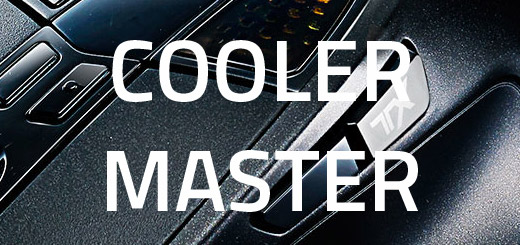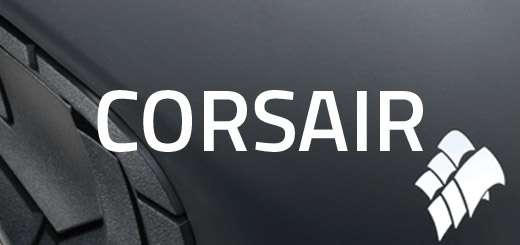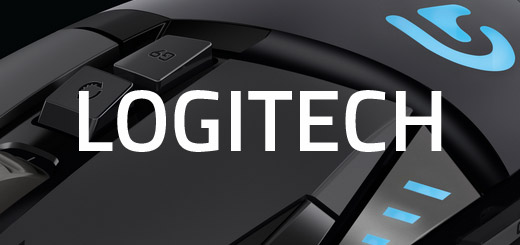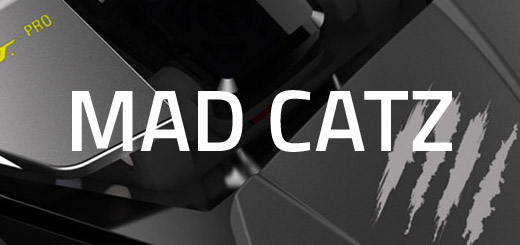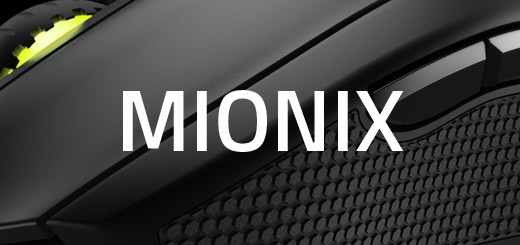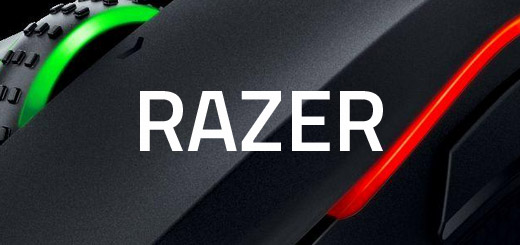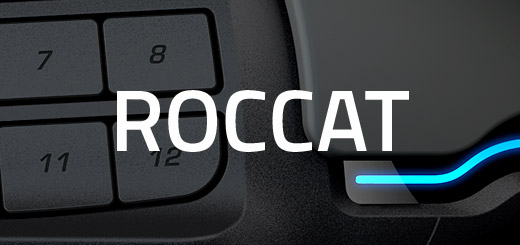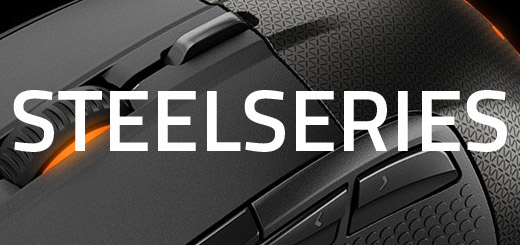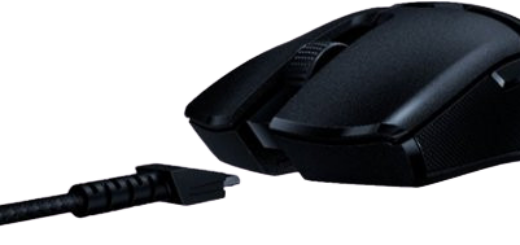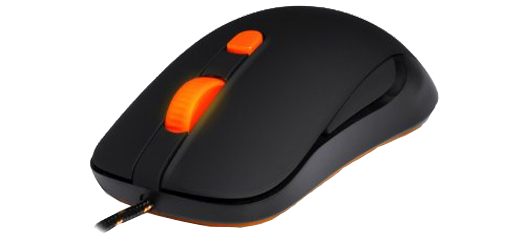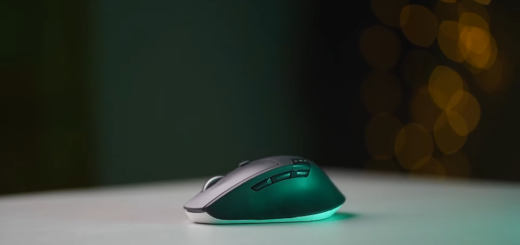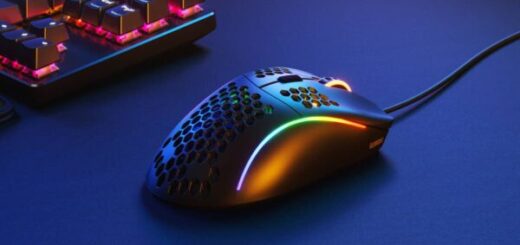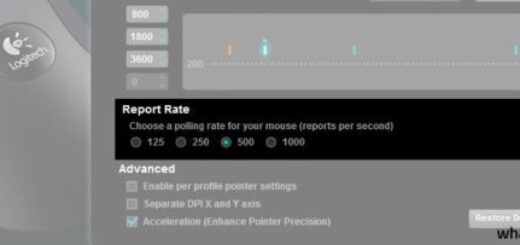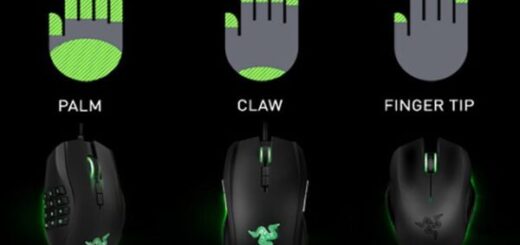To some degree, higher DPI sensitivity is better. DPI alludes to dots per inch. Standard optical mice has a standard rate of 800 DPI, while the DPI settings on gaming mice can be as low as 100 or as high as 8,200 dots per inch. More on DPI >>>
There are three main type of mouse grip. Palm grip, tip grip and claw grip. But, what this means? Does one mouse fits all or not? More on Grip Design >>>
Lift-off distance is a distance which your mouse will keep on working when lifted off the surface. Both optical and laser mice utilize some kind of light to track your development. At the point when lifted off of a surface, some of the time the sensor can in any case get a sign. This bring down your lift-off distance on low level if you want to re-position your mouse and have better control over it.
If you searched for gaming peripherals recently, you probably noticed that among specifications of every mouse, there is a polling rate as an important factor of mouse performance and precision. But, what is polling rate really? More on Polling Rate >>>
Response time is a time that flows between mouse sending info to the PC and when firmware gives the cursor a response to act fast.
Laser and optical sensors are more similar than most people think. No matter which mouse you choose to buy, be aware that both type of mice use same method to detect mouse movement. More on Laser or Optical >>>
If a mouse has increasing speed, it implies that if you want to move the mouse quicker, it will move your cursor the same way. For instance, if you move one inch in one second, the cursor will move five hundred pixels. With increasing speed, if you move a mouse two inches per second, the cursor may move seven hundred pixels. A few individuals like to speed up, others don’t like this feature.






